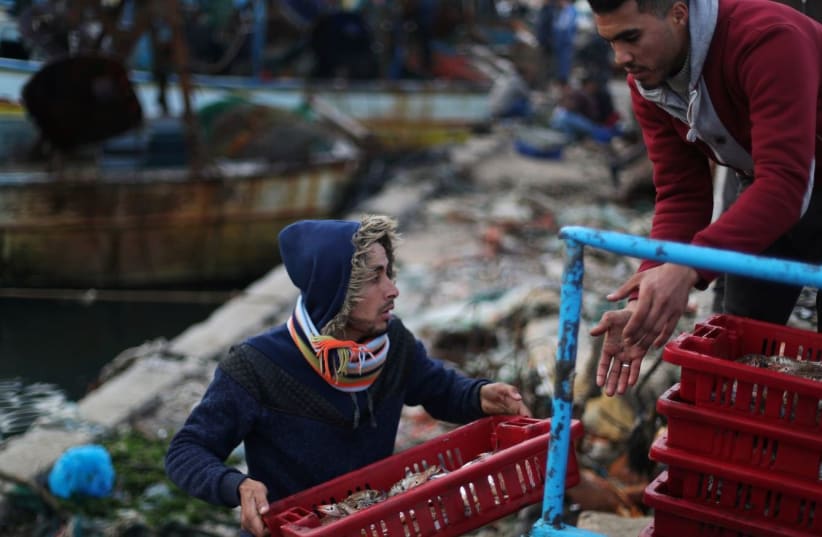A study into the best way to prevent whale deaths while allowing crab fishing to continue operating effectively has recommended that simply reducing the amount of fishing gear put into the water is the most effective strategy.
The study was originally published in the September 2023 edition of the peer-reviewed scientific journal Biological Conservation.
The problem faced is a long rope attached to the fishing cages which often causes humpback whales, who share the same regions as crabs, to get caught up in the rope. Whales can often drag these ropes for weeks before being found and released.
Research into potential solutions was conducted by a team from UC Santa Barbara and led by Christopher Free, a researcher at the university’s Marine Science Institute.
The team found that reducing the amount of gear used by the fishermen was more impactful in reducing whale deaths than other hi-tech options such as monitoring the whales in real-time or using submersible buoys which release and rise to the surface during harvesting.
“We were trying to figure out what types of management strategies would work best at reducing whale entanglements in the Dungeness crab fishery while also minimizing impacts to fishing,” Free said, “And what we found is that some of the simpler strategies, such as just reducing the amount of gear allocated to the fishermen, outperformed a lot of the more complex management strategies.”
Hi-tech modeling suggests low-tech solutions
Using computer modeling the team was able to test a variety of scenarios, changing the behavior of the fisherman and whales, or the abundance of crabs in the area and see which led to the greatest reduction in whale entrapments whilst allowing the fishing economy to maintain its income and output.
“I really believe in this result,” Free remarked, “that gear reductions offer the most promise for saving whales while maintaining a profitable fishery.”

